The Kyoto City KYOCERA Museum of Art is the second oldest public art museum in Japan and underwent a major renovation in 2020. In this article, I share my experience exploring the museum’s interior and appreciating its beautiful architecture.
A Visit to the Newly Renovated Kyoto City KYOCERA Museum of Art
The Name Doesn’t Mean It Sells Kyocera Products
Although the name includes “Kyocera,” this isn’t a museum displaying Kyocera products. It originally opened in 1933 as the Kyoto Municipal Museum of Art, and during the 2020 renovation, Kyocera acquired the naming rights, giving the museum its current name.
When it opened in 1933, it became the second public art museum in Japan, following the Tokyo Metropolitan Art Museum, which opened in 1926. Even the National Museum of Western Art in Ueno didn’t open until 1956, which shows just how historic this museum is.
Beneath the Solemn Façade of the Imperial Crown–Style Building
The museum’s architecture follows the Imperial Crown Style. It’s a Western-style building made of reinforced concrete, but the roof incorporates traditional Japanese design elements, giving it an imposing and dignified appearance. It’s truly a style unique to Japan.
However, beneath this Imperial Crown–style building lies a lower level shaped by graceful curves of glass…
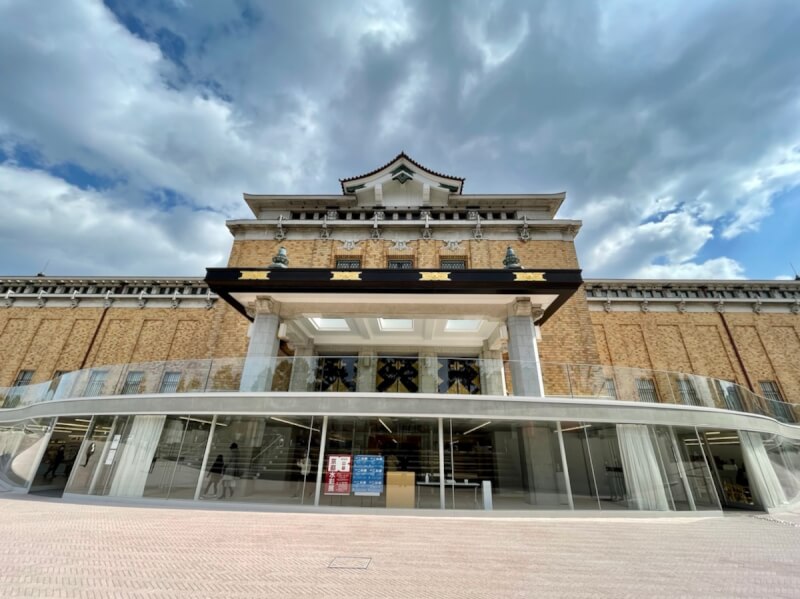
This section was newly added during the 2020 renovation. The combination of the traditional Imperial Crown–style structure and the modern, transparent one creates a distinctive atmosphere—that’s what makes the Kyoto City KYOCERA Museum of Art so special.
The original entrance was, of course, part of the Imperial Crown–style structure, but today’s entrance is the glass-covered area below. While preserving the historical building, the renovation added highly functional, modern facilities underground. It’s truly impressive.
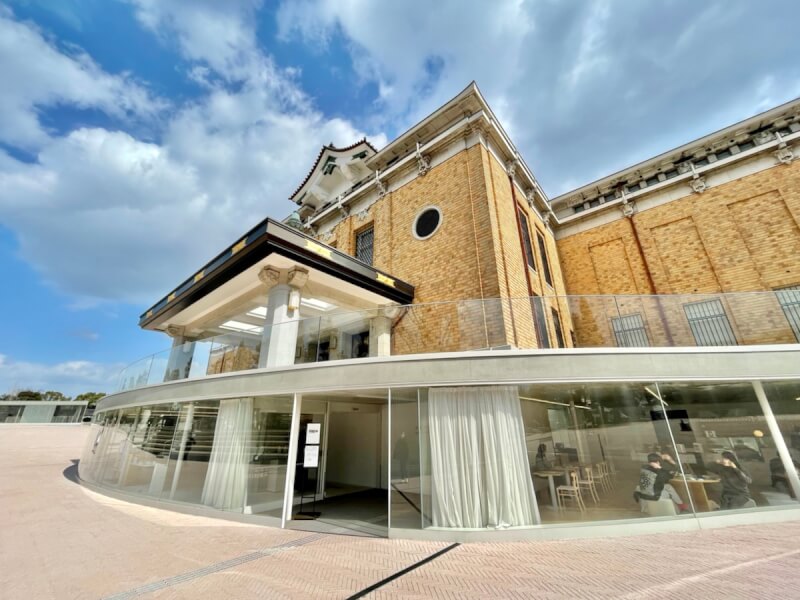
It’s so fascinating that I can’t help taking photos from every possible angle.
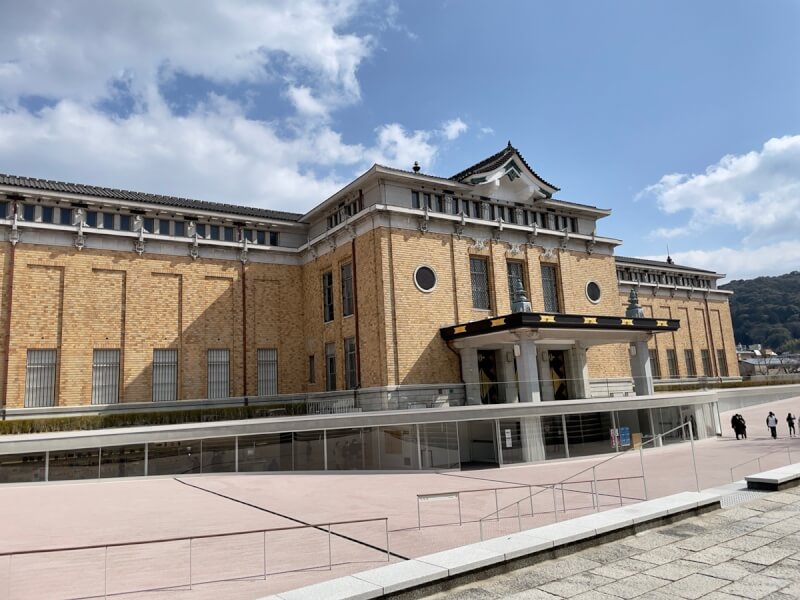
A Museum Where Architecture Is Part of the Experience
After entering through the Glass Ribbon, you’ll find the former cloakroom, which once served as a basement storage area, leading to the Central Hall. The Central Hall was originally used as an exhibition space, but it now serves as a central hub connecting the museum’s galleries.
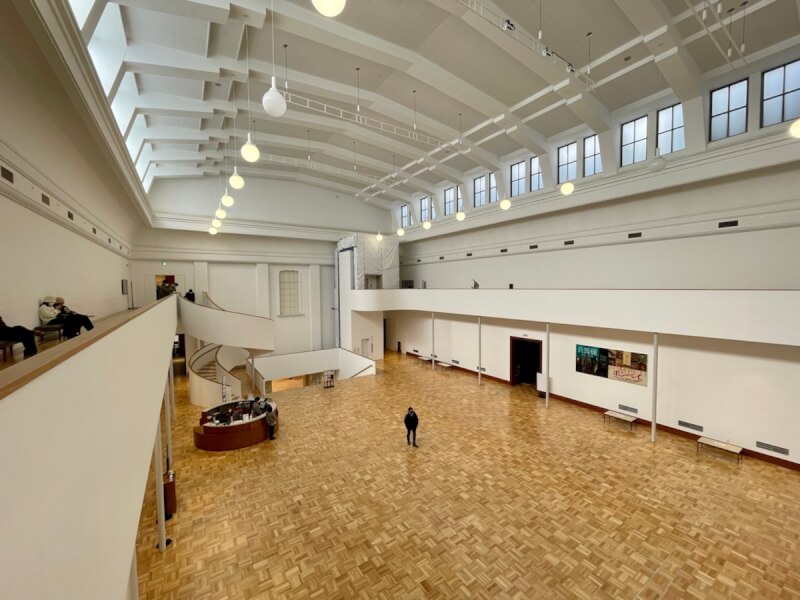
The newly built spiral staircase is incredibly photogenic.
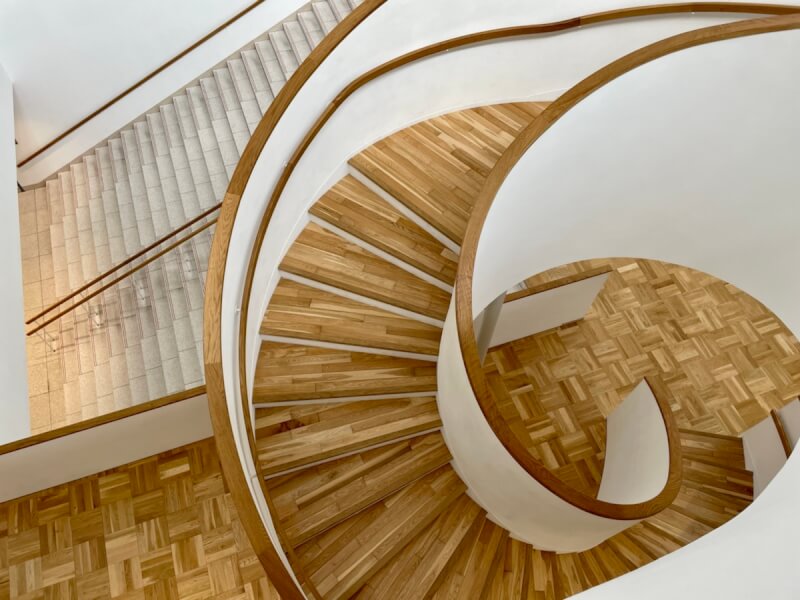
At the end of the Central Hall, you’ll reach the East Entrance, and beyond it lies the Higashiyama Cube, a space for contemporary art exhibitions. The original main entrance has also been preserved.
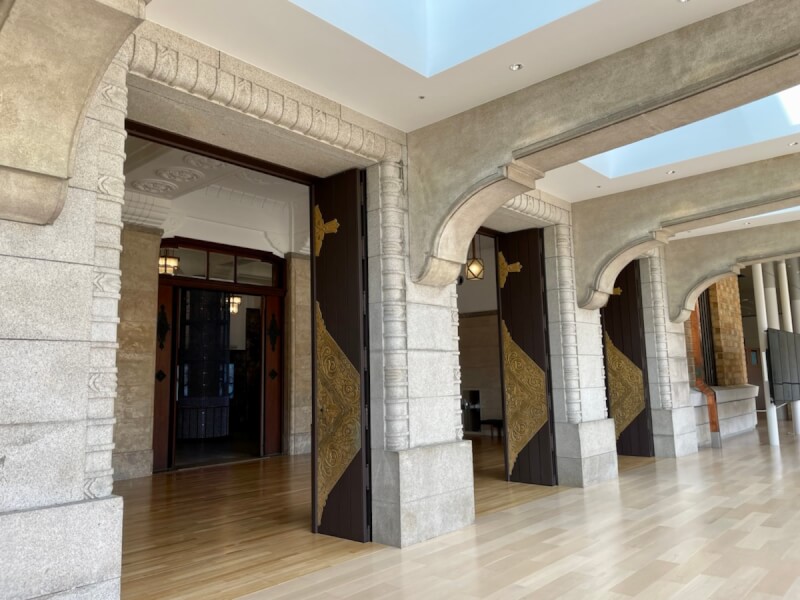
Before reaching the Central Hall, you’ll find the preserved former main entrance. This grand staircase—just magnificent! The chandelier features an Art Deco design, while the lamps attached to the stair railings resemble traditional Japanese lanterns. This blend of Japanese and Western elements is what makes the Imperial Crown Style so fascinating—truly one of a kind.
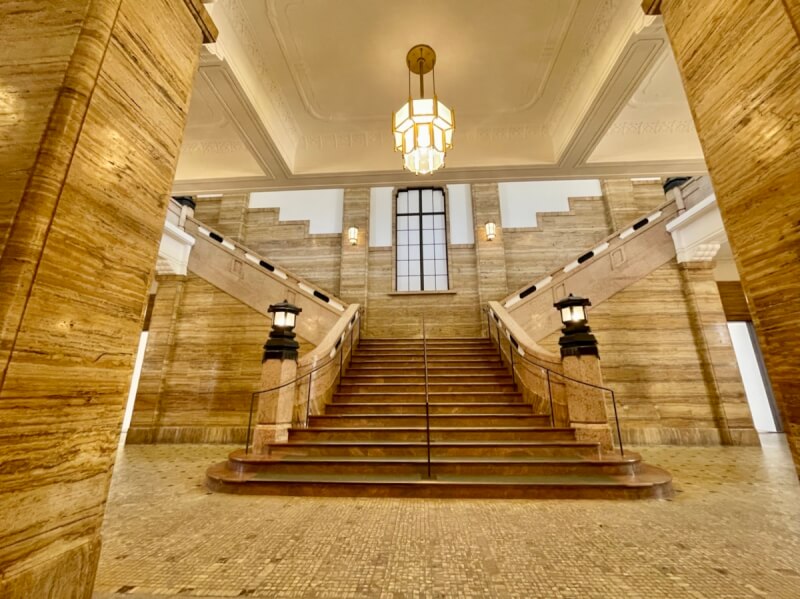
As you climb the stairs, sunlight filters through the beautiful stained glass. Even without viewing the exhibitions, you can fully enjoy the beauty of the building itself.
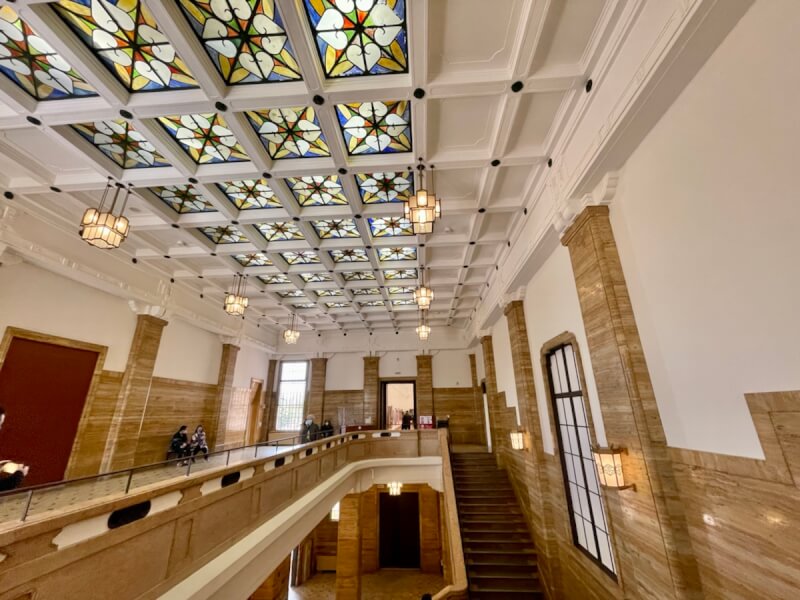
Enjoying the Architecture Through the Collection Exhibition
Up to this point, everything can be enjoyed for free, but if you want to appreciate the architecture even more, you should enter the Collection Room (Collection Exhibition). Inside the Collection Room, you can enjoy seasonal selections from the museum’s collection, and the architecture itself is also a highlight.
The exhibition space is located on the first floor of the South Wing. Along the way, the former south entrance has been preserved and turned into a hall. Here too, you can see Art Deco elements in the lighting and ceiling.
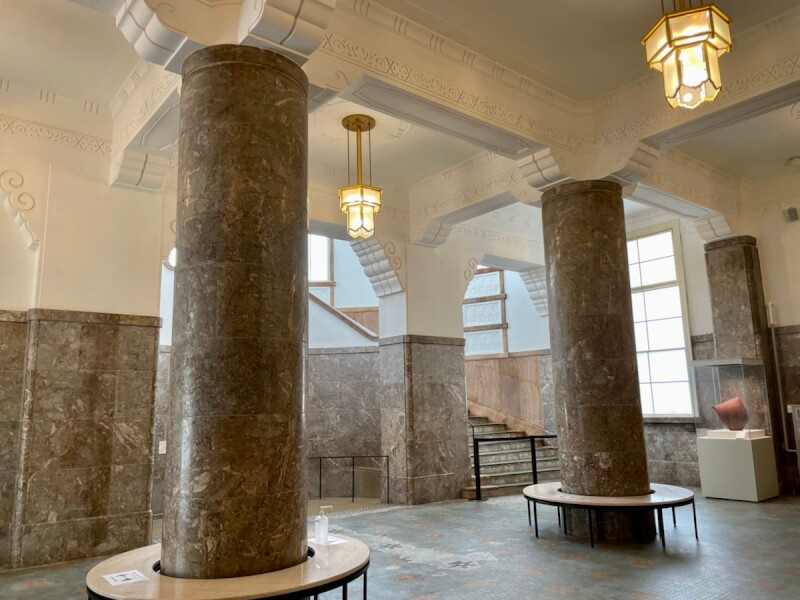
The old ticket counter has also been preserved. It has an Art Deco design—so cute! But isn’t it kind of small?
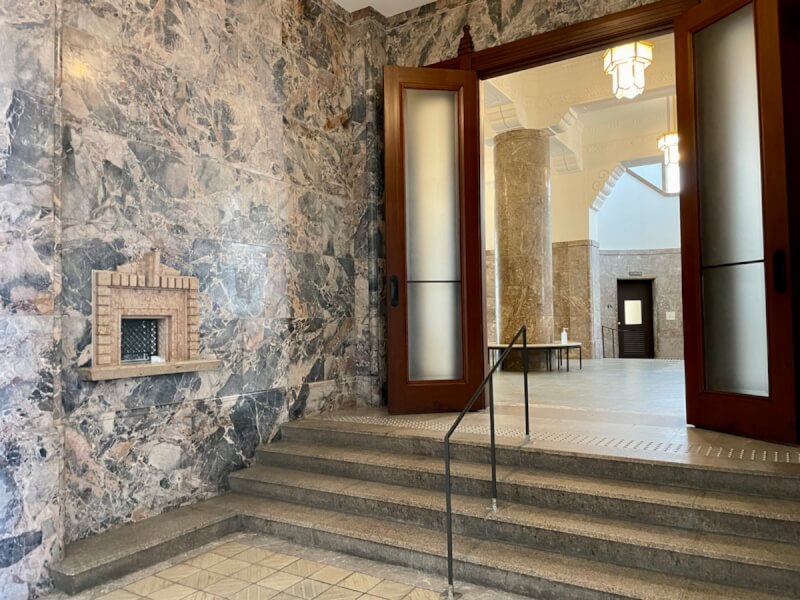
You can also step into the courtyard, where there are benches for taking a short break.
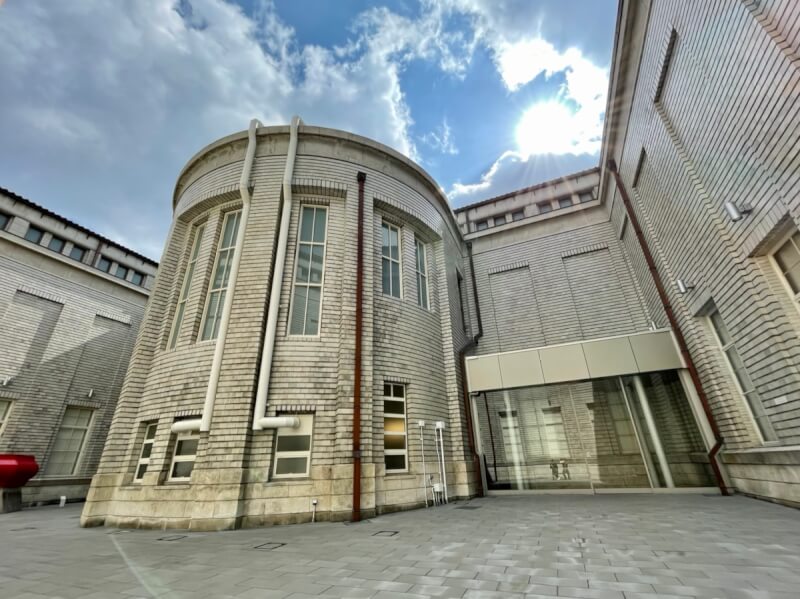
The Kyoto City KYOCERA Museum of Art, where tradition meets modernity, was truly a wonderful place.
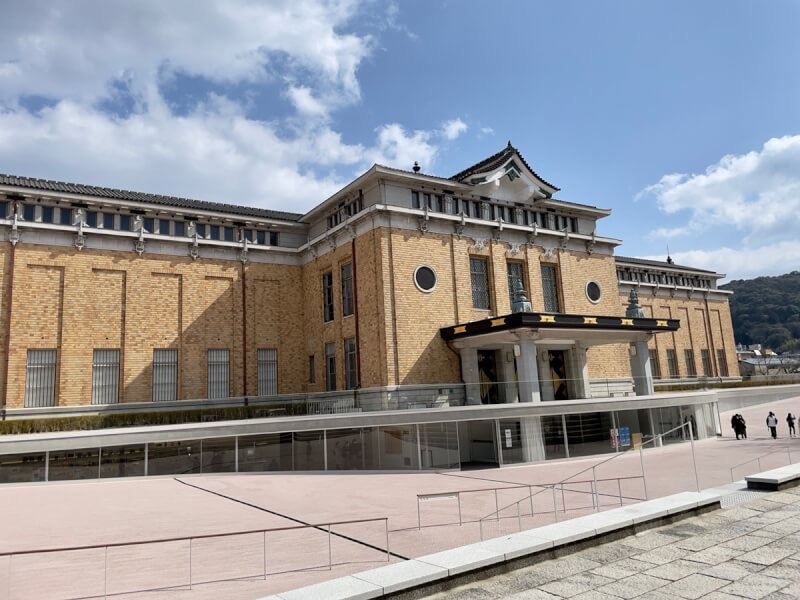
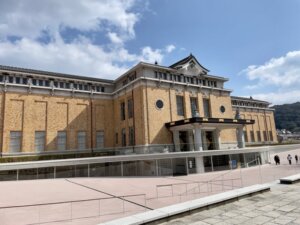
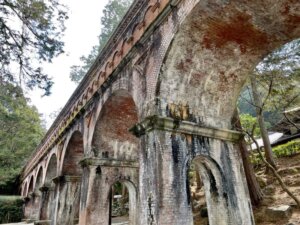
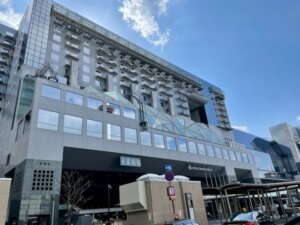
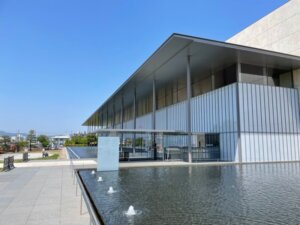
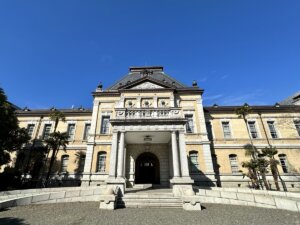
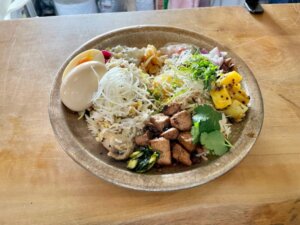
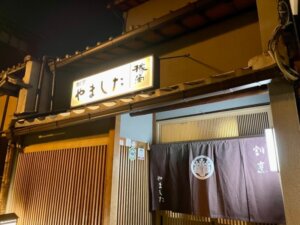
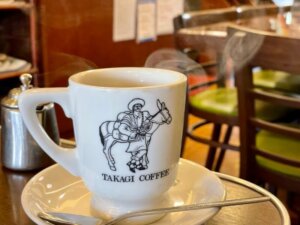
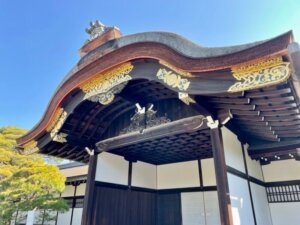
Comments